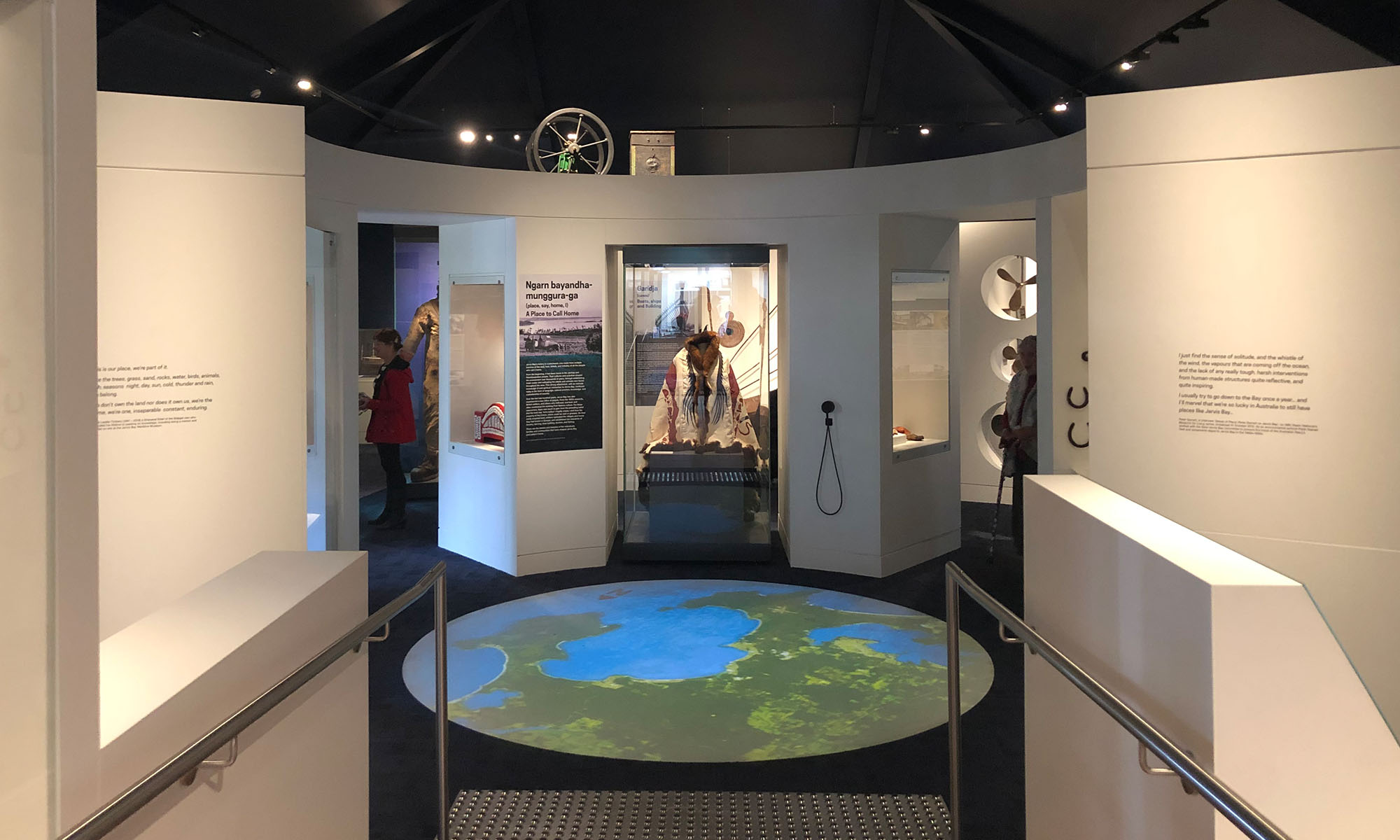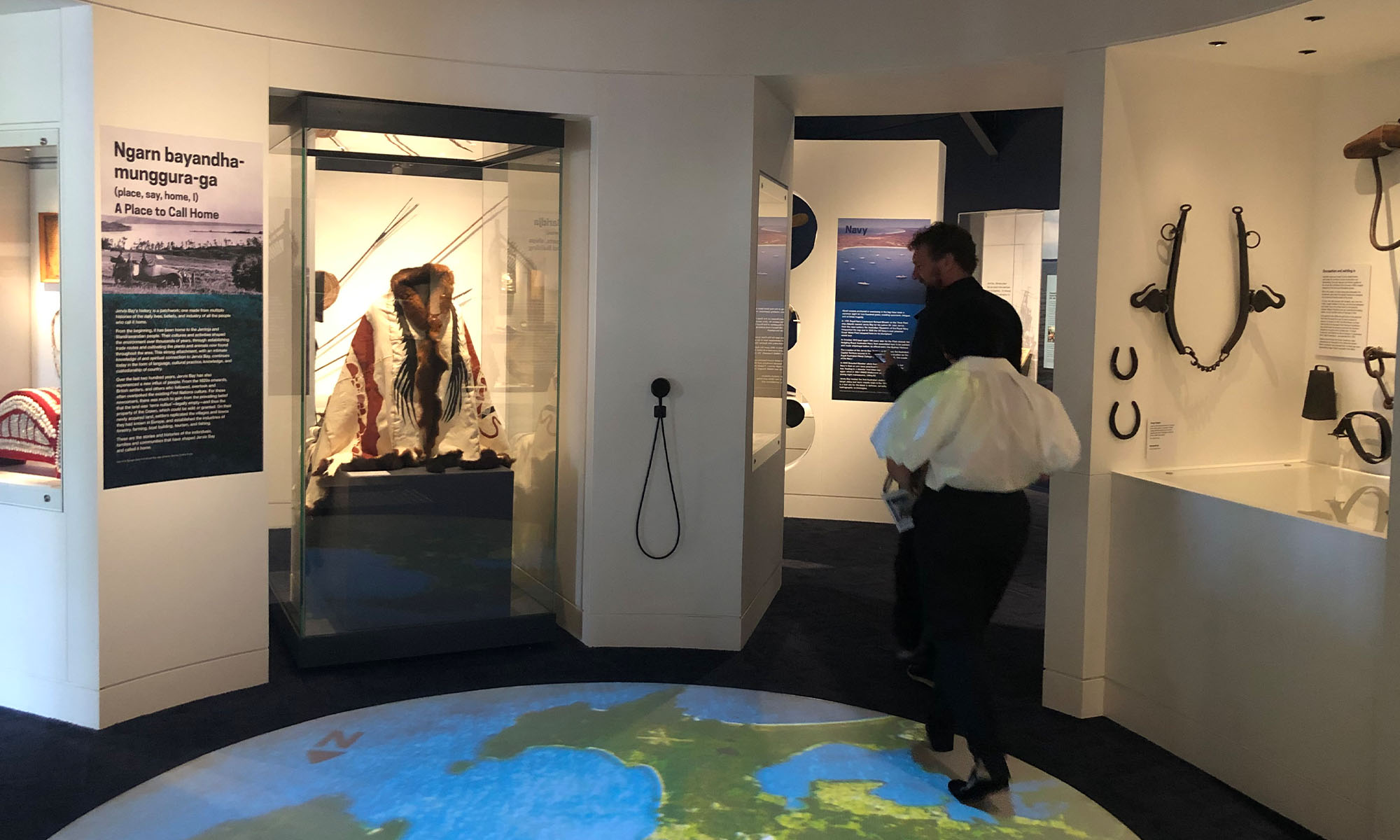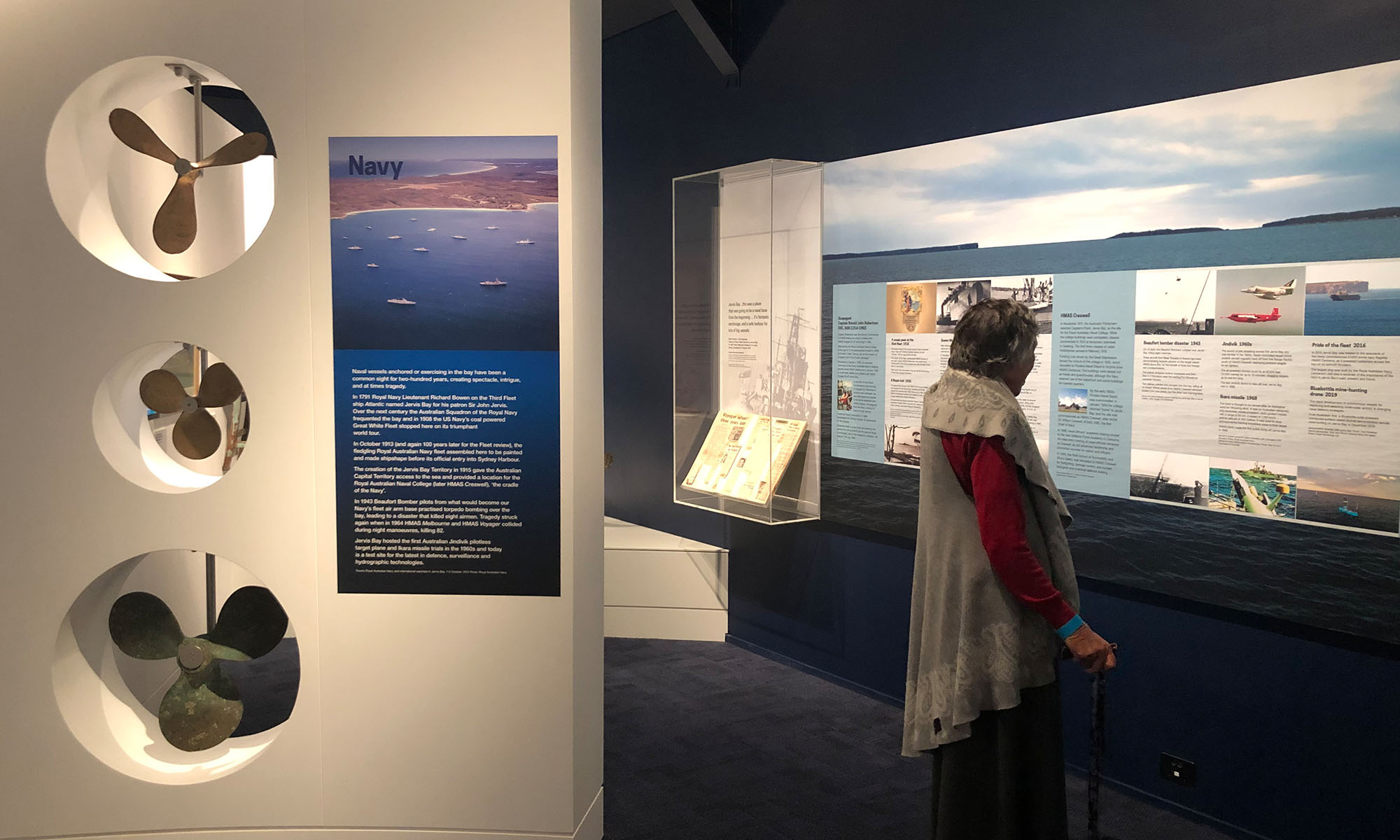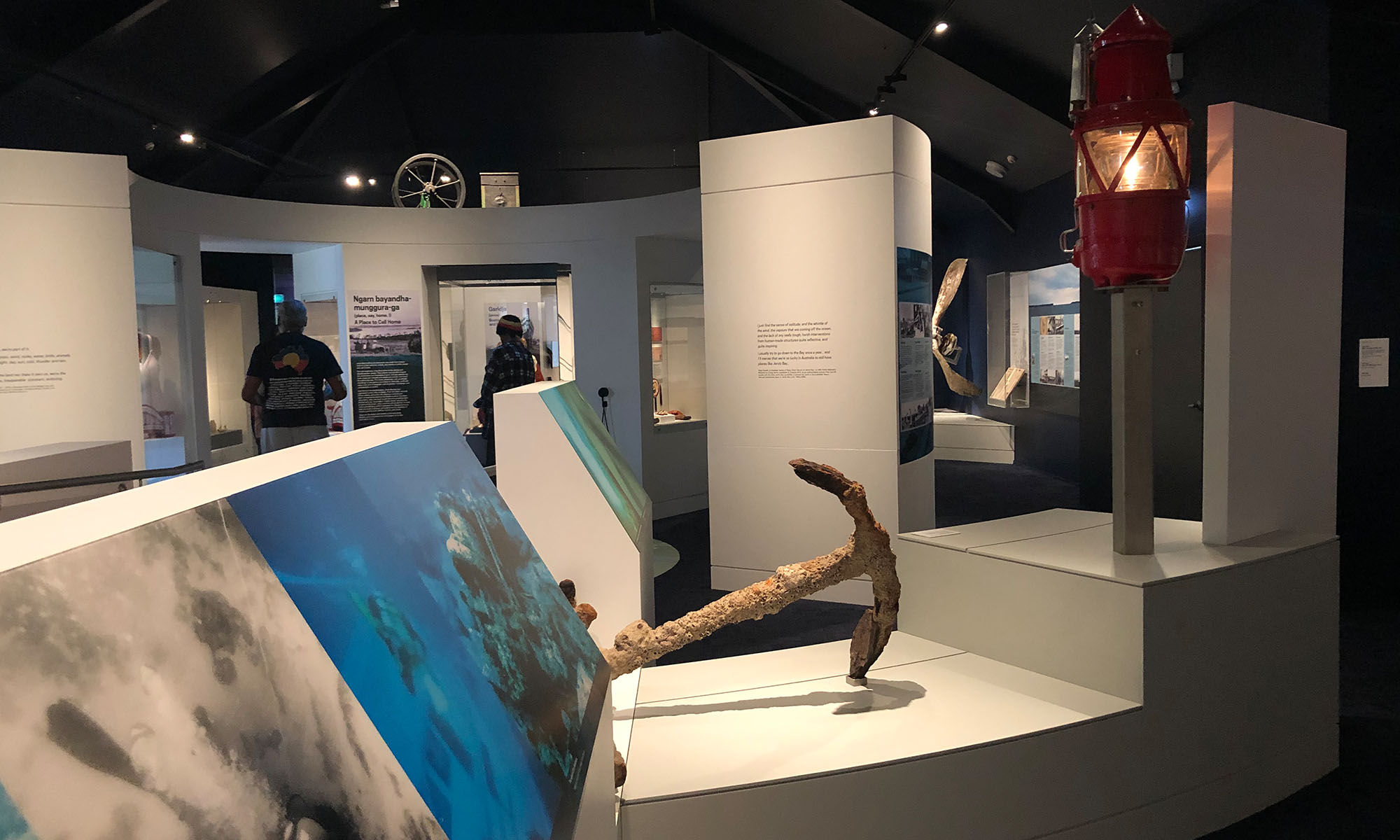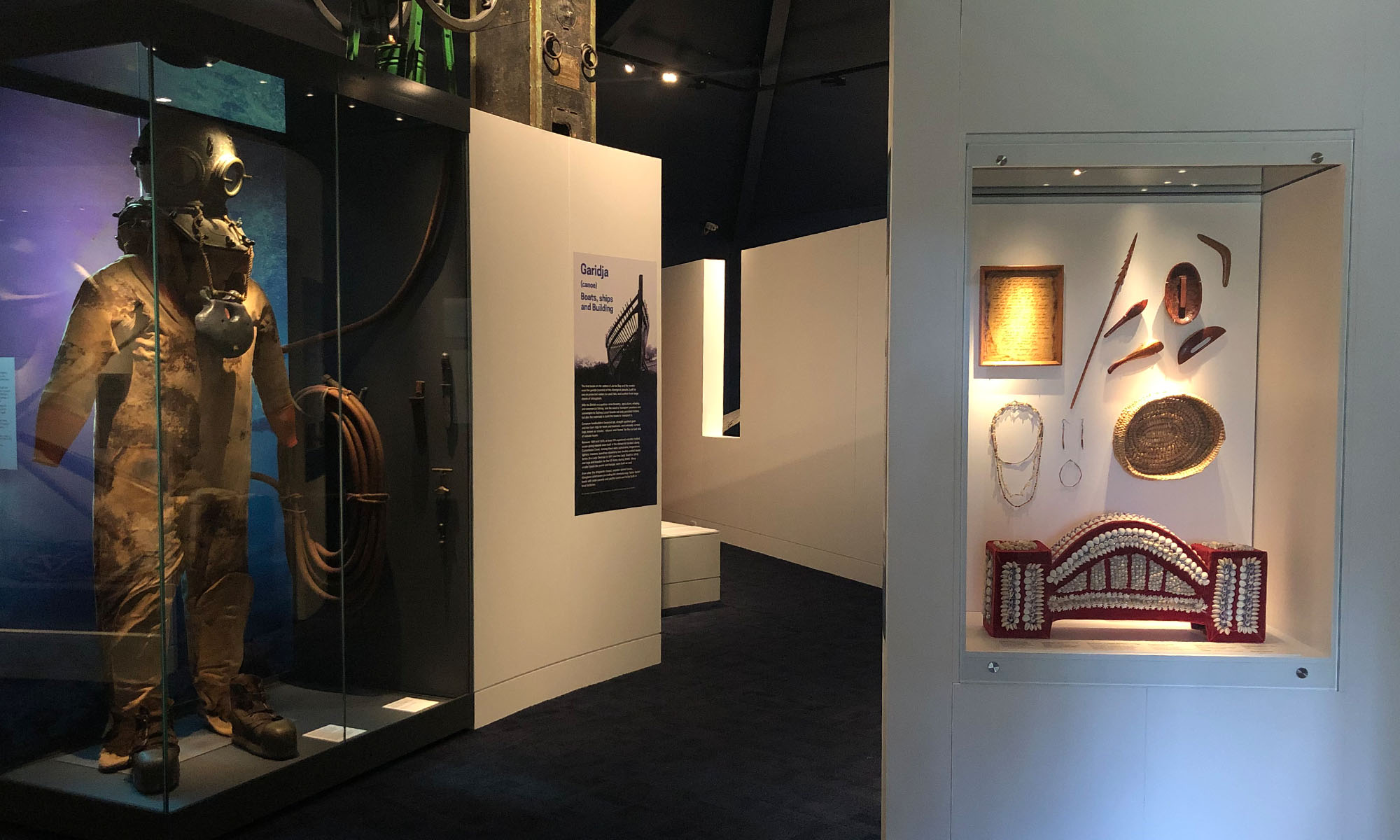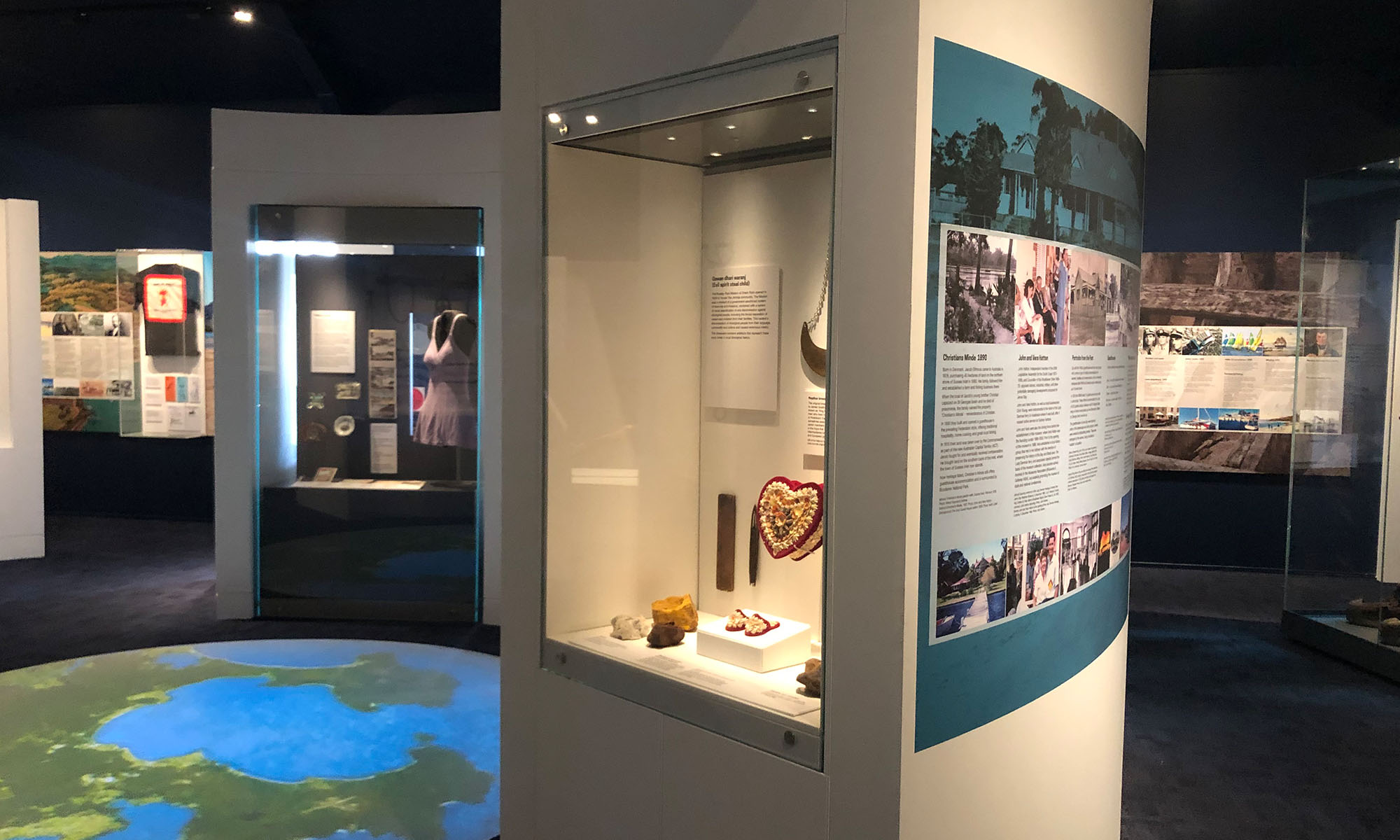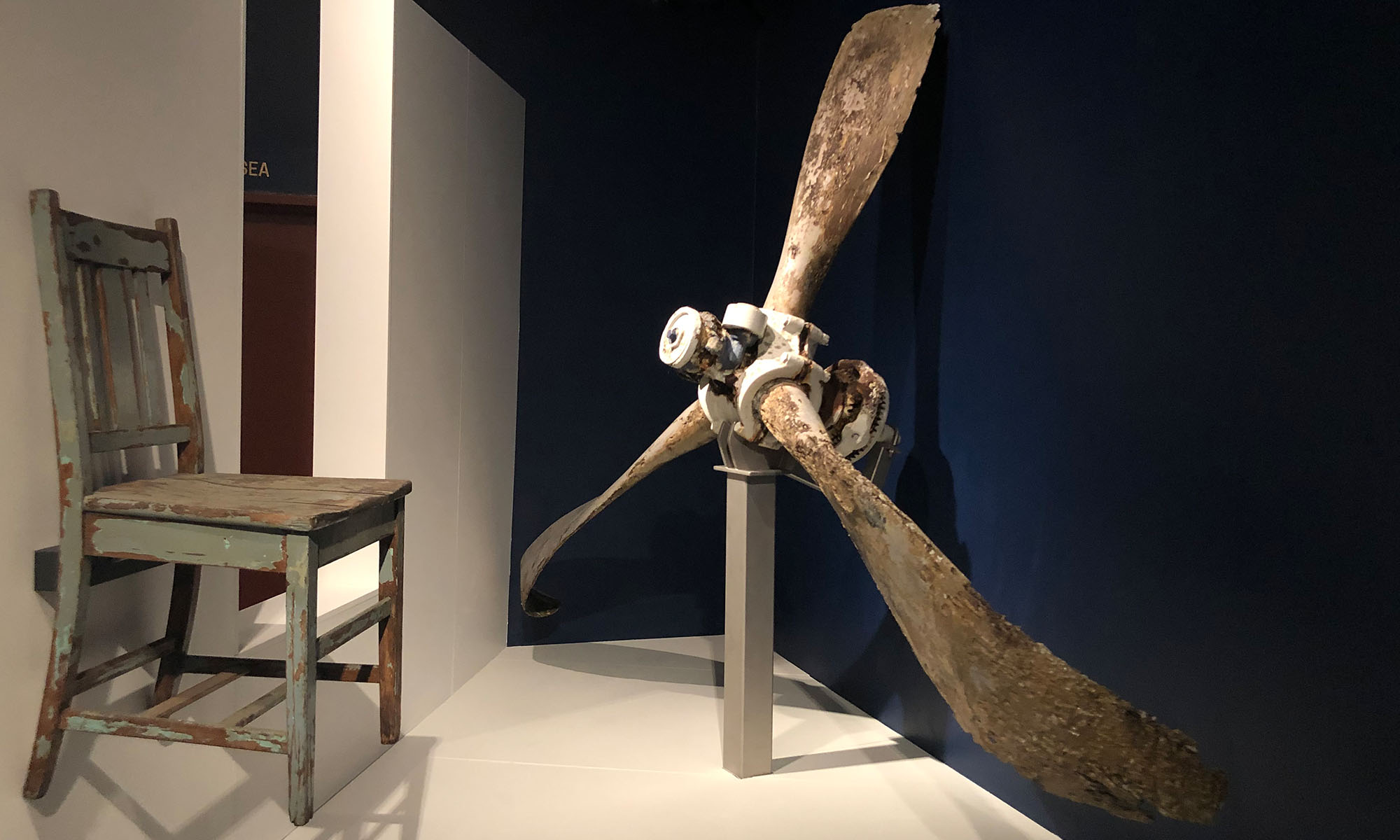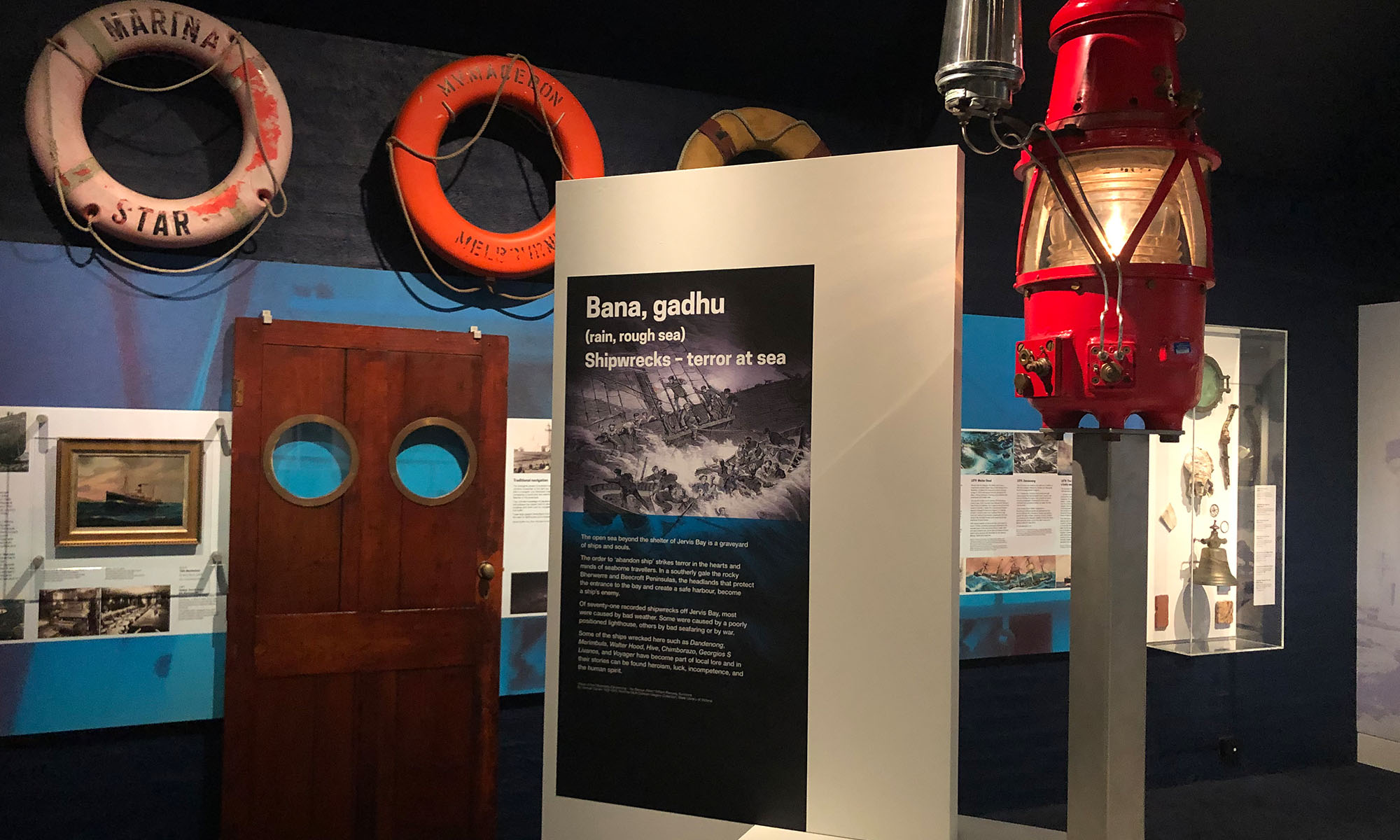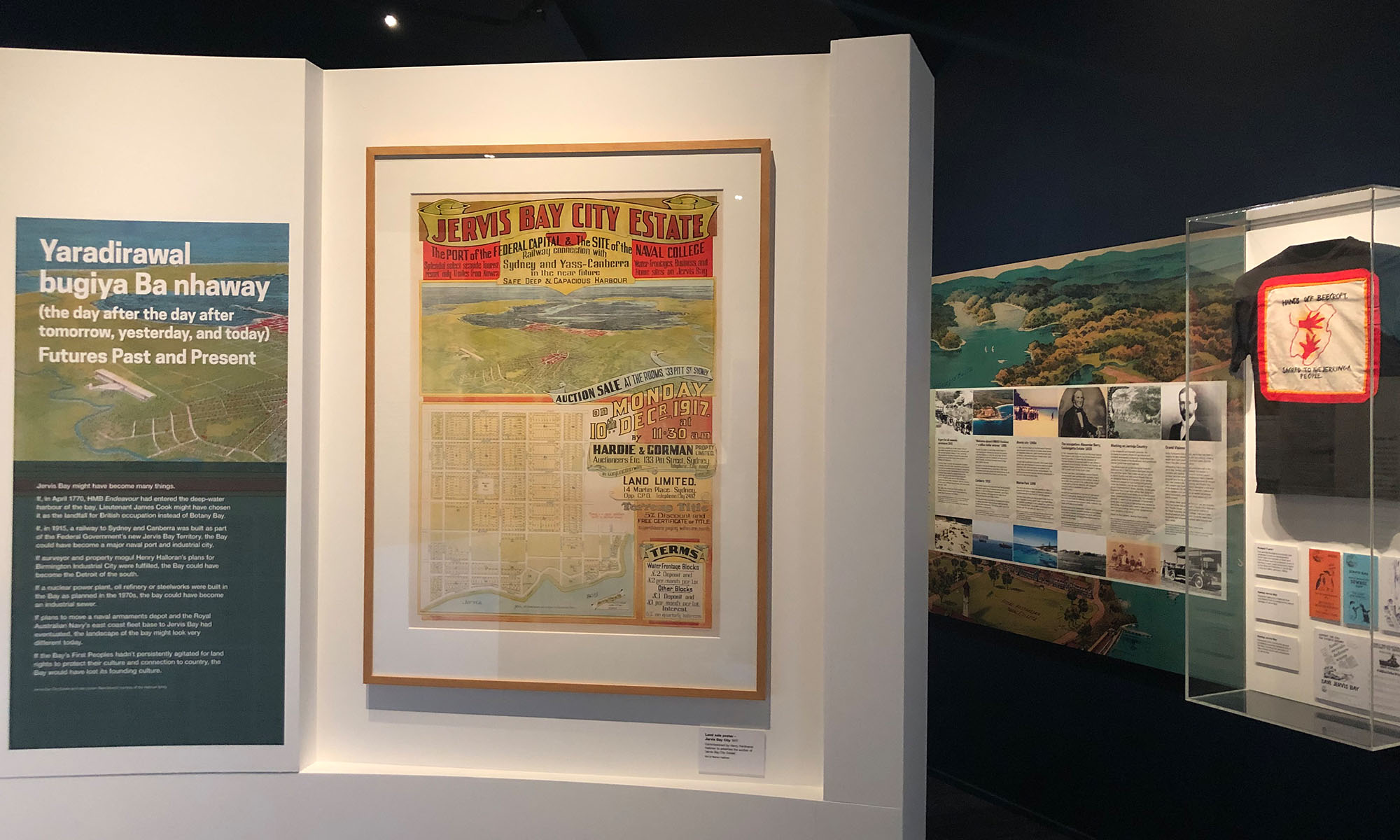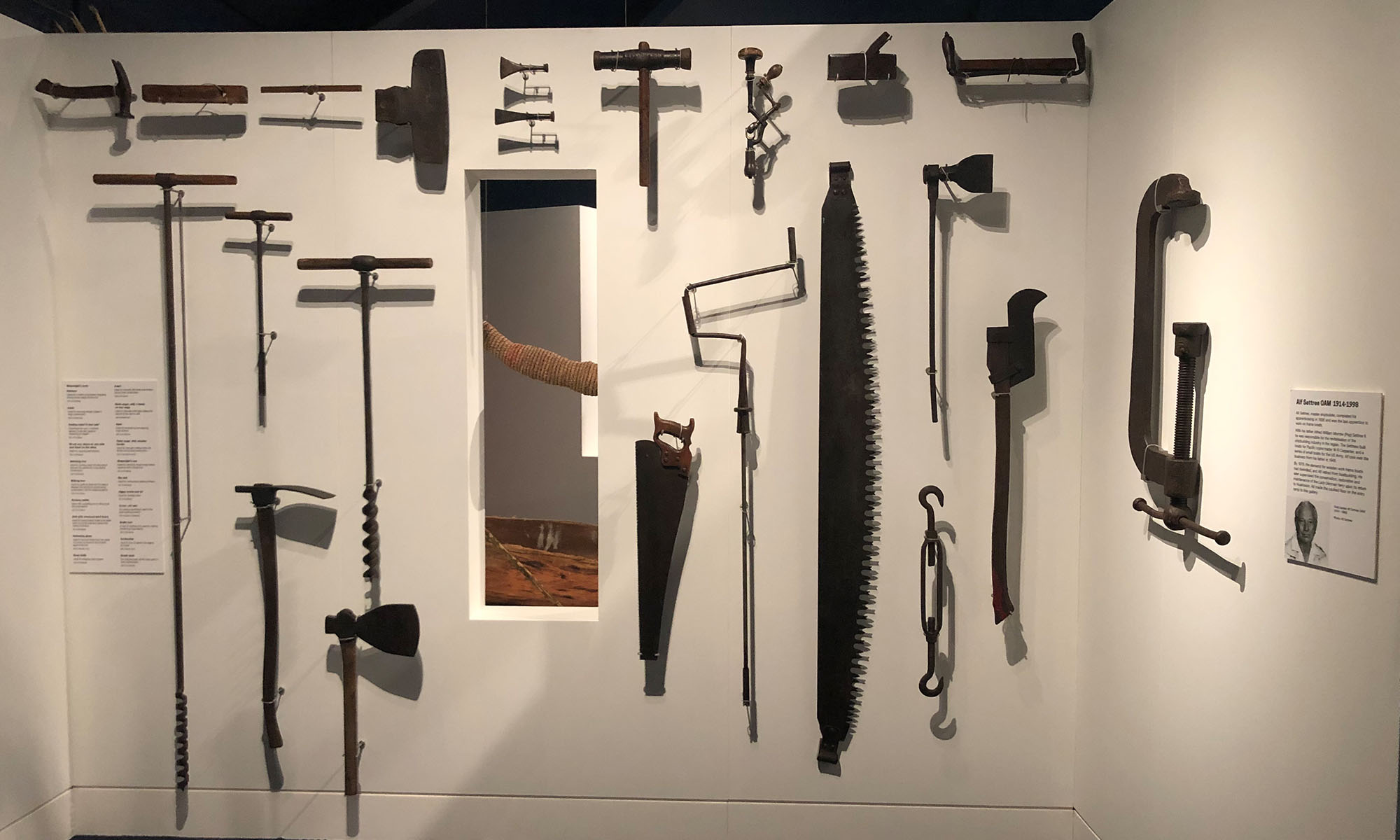Mungurra-Nggul: Our Place, Our Home, Jervis Bay Maritime Museum
PERMANENT GALLERY DESIGN
Project Commenced: July 2019
Project Completed: October 2020
Floor Area: 188 sqm
Thylacine’s role
- project management
- content development
- interpretive design
- graphic design
- media design
- lighting design
- fabrication and installation
In August 2016, the Jervis Bay Maritime Museum engaged Thylacine to undertake a review of its exhibition spaces and provide recommendations for a redesign and development of its Introductory and History Galleries.
The interpretive brief was to transform the galleries into exciting and engaging visitor experiences with a focus on orienting, informing and immersing visitors in the wealth of stories from the region through its collection. The aim was to connect the museum’s information and interpretation with current tourism offerings in the area and thus place it as the premier destination for visitors – both increasing its visitation and ticket sales and encouraging longer stays in the region.
Thylacine’s recommendations for the galleries were presented in a report and used to target funding for the much-needed museum redevelopment. This funding venture was successful in attracting a substantial grant in early 2019 via the Create NSW Regional Cultural Fund.
Thylacine was subsequently engaged by the Museum to develop and design the new interpretive space for its central gallery – the Jervis Bay History Gallery titled Mungurra-Nggul. Working closely with the Museum project team, traditional owners and other key community stakeholders, Thylacine created an innovative exhibition to engage and serve the needs of a broad and diverse audience.
Mungurra-Nggul means home-belong in the local Dhurga language. Within the exhibition, stories and experiences of the traditional owners of the area are told, from pre-colonisation and their struggles to survive post colonisation, through periods of social change and activism up until the present.
The central themes of the gallery –The Nature of Place, Nexus, A Place to Call Home, Futures Past and Present, Boat Building, Fishing, Navy and Shipwrecks – are represented through key objects, such as an historically important and complete diving suit, the Beaufort propellor, a possum skin cloak lent by Julie Freeman, an artist and member of the traditional owners of the area and a Nawi canoe made by the Wreck Bay community. These objects serve as thematic signposts throughout the exhibition and create immediate and distinguishable connections to the exhibition narratives and visitor experience.
A large projected map of Jervis Bay sits at the center of the gallery orienting visitors to the geography and history of the place. The major exhibition themes and stories radiate out from this central beacon, creating a multi-layered interpretation that can be navigated based on visitor interest and engagement.
Client: Jervis Bay Maritime Museum. Project partners include the traditional owners of Jervis Bay, the Dharawal and Dhurga people, Jerringa Community and Ben Cisterne lighting.
Photography by Thylacine

